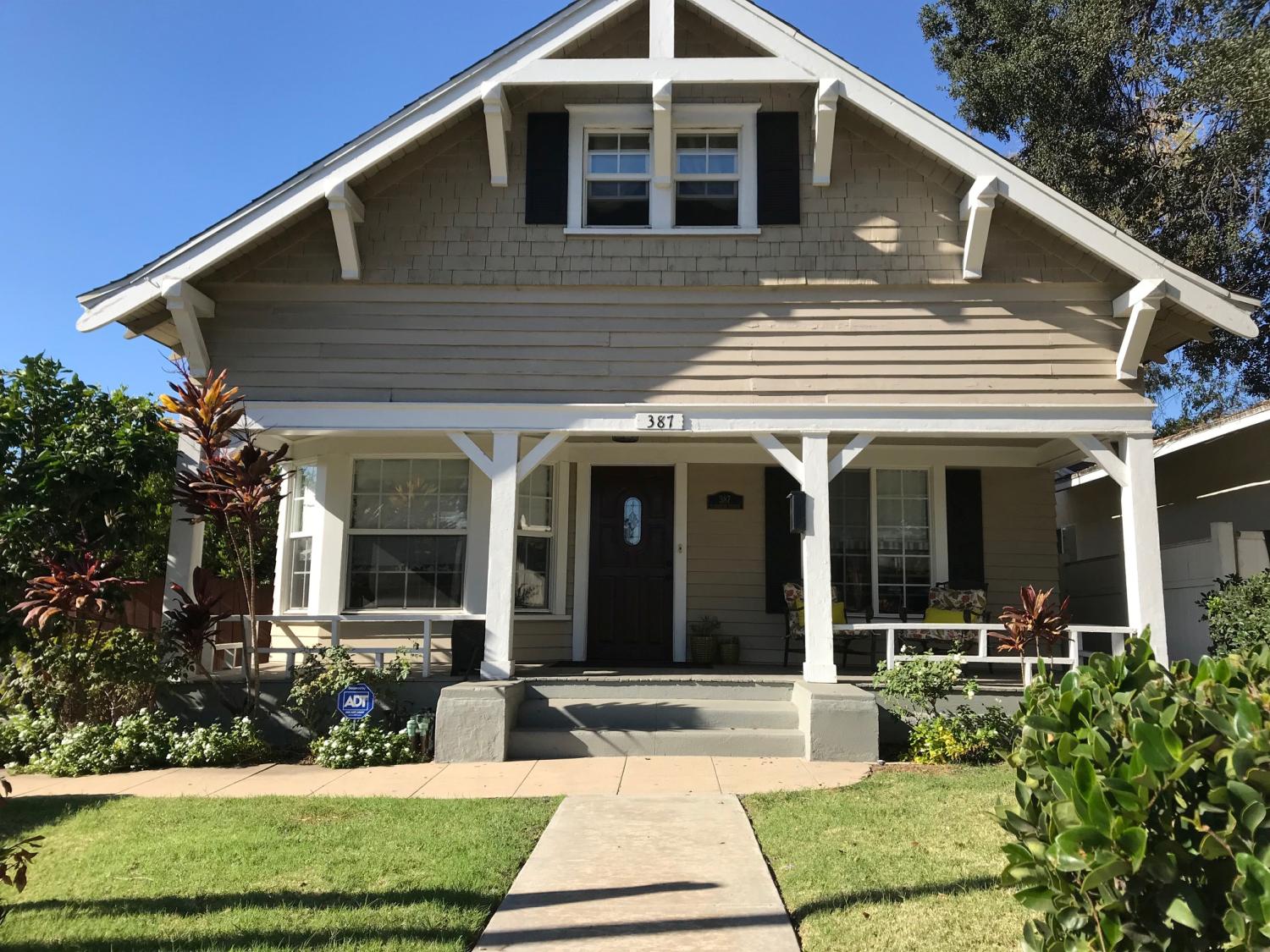This paper is part of the Spring 2018 edition of the Brookings Papers on Economic Activity, the leading conference series and journal in economics for timely, cutting-edge research about real-world policy issues. Research findings are presented in a clear and accessible style to maximize their impact on economic understanding and policymaking. The editors are Brookings Nonresident Senior Fellow and Northwestern University Economics Professor Janice Eberly and James Stock, Brookings Nonresident Senior Fellow and Harvard University economics professor. Read summaries of all six papers from the journal here.
Abstract
Nonbanks originated about half of all mortgages in 2016, and 75% of mortgages insured by the FHA or VA. Both shares are much higher than those observed at any point in the 2000s. We describe in this paper how nonbank mortgage companies are vulnerable to liquidity pressures in both their loan origination and servicing activities, and we document that this sector in aggregate appears to have minimal resources to bring to bear in a stress scenario. We show how these exact same liquidity issues unfolded during the financial crisis, leading to the failure of many nonbank companies, requests for government assistance, and harm to consumers. The extremely high share of nonbank lenders in FHA and VA lending suggests that nonbank failures could be quite costly to the government, but this issue has received very little attention in the housing-reform debate.
Citations
Kim, You Suk, Steven M. Laufer, Karen Pence, Richard Stanton, and Nancy Wallace. 2018. “Liquidity crises in the mortgage market.” Brookings Papers on Economic Activity, Spring, 347-428.
Conflict of interest disclosure
The authors did not receive financial support from any firm or person for this paper or from any firm or person with a financial or political interest in this paper. They are currently not officers, directors,or board members of any organization with an interest in this paper. In order to ensure the confidentiality of individual banks, the Federal Reserve Board’s Division of Supervision and Regulation reviewed the relevant portions of this paper before circulation. With the exception of the aforementioned, no outside party had the right to review this paper before circulation.The analysis and conclusions set forth are those of the authors and do not indicate concurrence by the Federal Reserve Board or other members of its staff.











